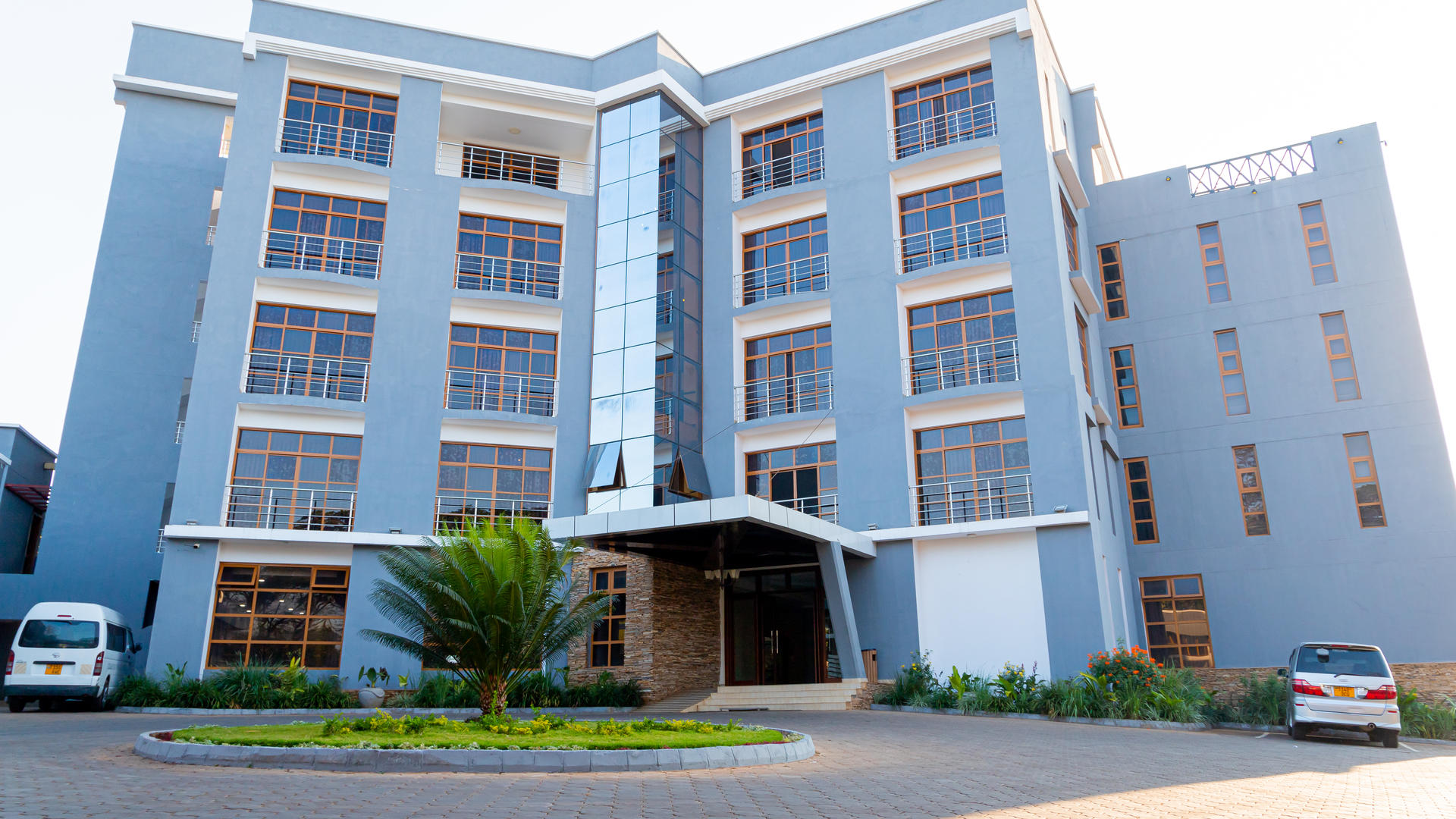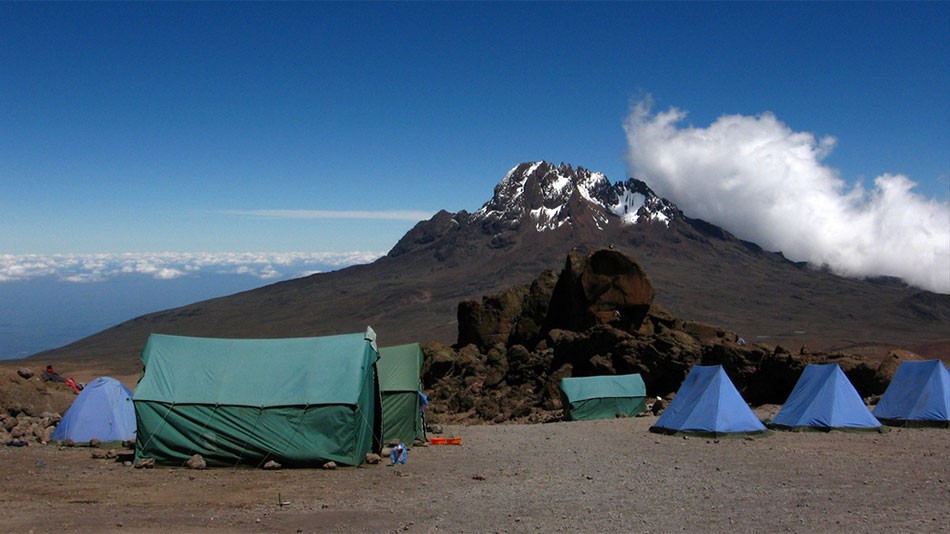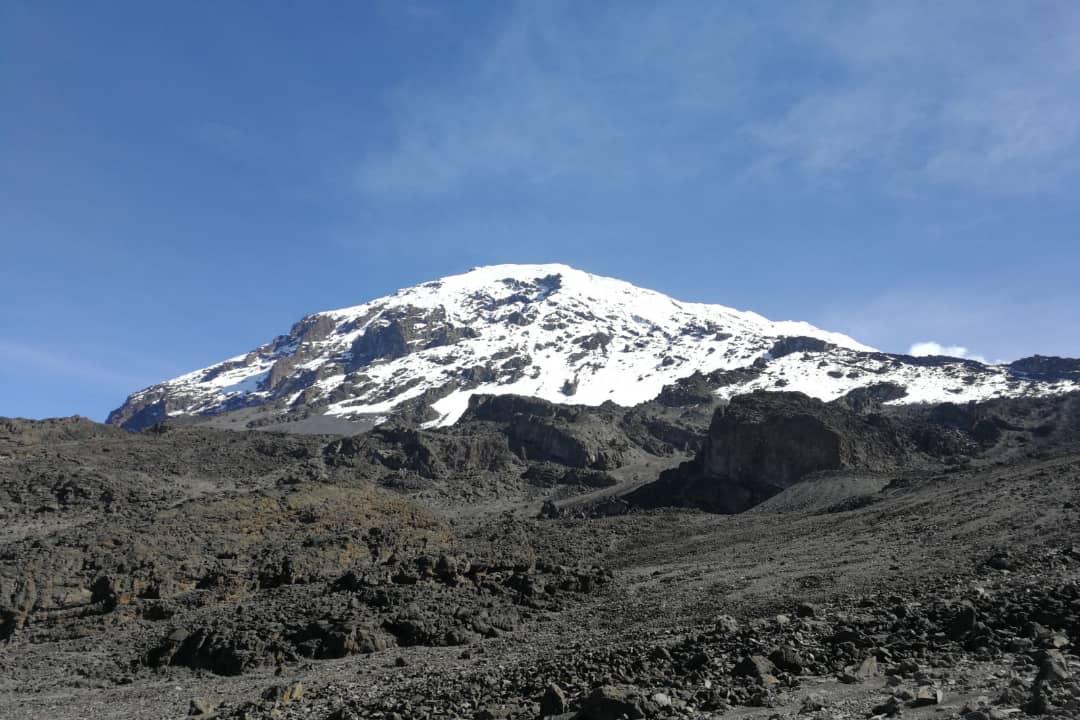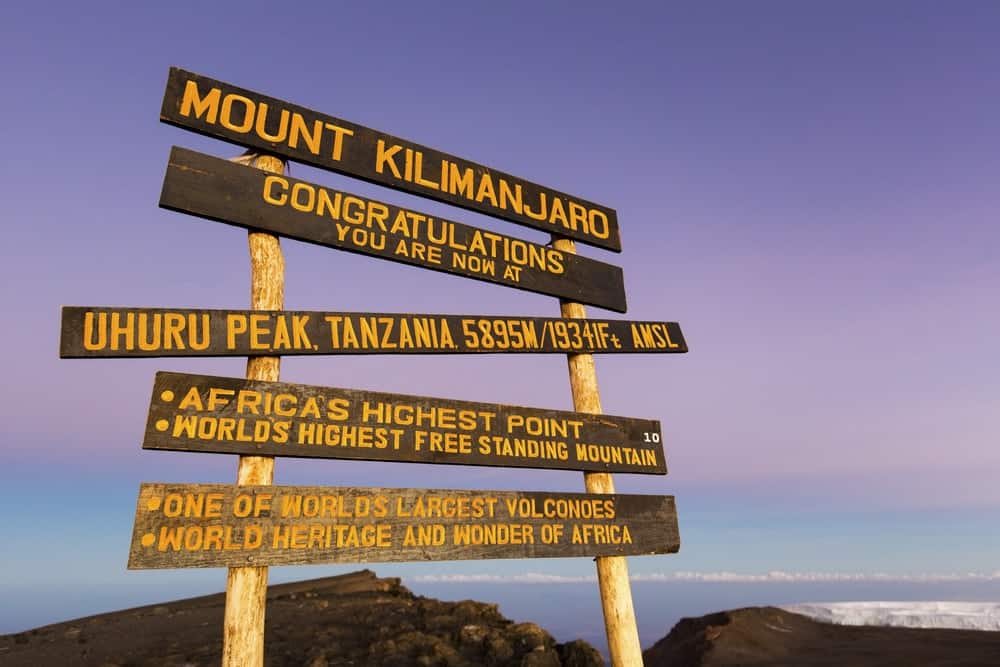7 Days Kilimanjaro Trek Rongai Route
7 Days Kilimanjaro Trek Rongai Route
- Adult
- Child
The 7 Days Kilimanjaro Trek Rongai Route ascends from the north-eastern side of the mountain, along the Tanzania-Kenya border. This route preserves a sense of unspoiled wilderness, making it one of the more remote trails on Mount Kilimanjaro. Unlike other routes, Rongai offers trekkers a unique experience, featuring fewer climbers and greater opportunities for solitude.
As you embark on this adventure, you’ll appreciate the peace and quiet that accompanies the trek. For much of the journey, you may find yourself alone, enjoying nature’s beauty without the hustle and bustle of crowds. However, as you approach Kibo Camp, the trail merges with the popular Marangu Route for the final summit push.
The Rongai Route features a slow and steady climb, allowing hikers to acclimatize at a comfortable pace. This approach not only simplifies the trek but also significantly boosts your chances of reaching Uhuru Peak. Plus, the final day before summiting is shorter, giving you time to rest and recuperate.
Another benefit of the Rongai Route is its dry conditions, particularly during the rainy season in April and May. Most rainfall occurs on the southern side of Kilimanjaro, ensuring you stay drier and warmer. Additionally, wildlife enthusiasts may spot Colobus Monkeys in the early days of the trek, enhancing the experience.
While some may argue that the scenery lacks the dramatic variety found on other routes, the Rongai offers tranquility and beauty in its own right. You can choose between a 7 Days Kilimanjaro Trek Rongai Route or opt for a private 6 or 7-day climb, with the shorter option not including an acclimatization day at Mawenzi Tarn.
For more information on climbing routes, check out our Kilimanjaro treks, safaris, and Zanzibar tours.
Duration
7 Days
6 Nights
Tour Type
Luxury
Language
English, Germany, Spain
Travel Itinerary
Arrive in Arusha or Moshi
Arrive at Kilimanjaro International Airport or similar to begin your 7-day Rongai Route trek, where you will be met by Tranquil Kilimanjaro representatives. Transfer to Kill Wonders hotel and meet with your climbing manager and guide for a thorough briefing and equipment check. Kili Wonders other recommended accommodation options is where you’ll spend the night.
Rongai Gate to First Cave/Simba Camp
Elevation: 6,398 ft to 9,300 ft Distance: 8 km/5 miles Hiking Time: 3-4 hours Habitat: Rain Forest To begin your 7-day Rongai Route trek, we drive from Moshi to Marangu Gate after a sumptuous breakfast to obtain permits before transferring to the Rongai Gate trailhead. The trail passes past maize and potato fields before slowly ascending through the woodland, home to a variety of species including the black and white colobus monkey. Overnight in a tent at 9,300 feet altitude in the First Cave Camp (Simba Camp). Simba Camp is adjacent to First Cave and offers a spectacular view of Kenya’s plains. Accommodations: Kilimanjaro Camping – First Cave/Simba Camp
Rongai Cave to to Second Cave
Elevation: 9,300 ft to 11,300 ft Distance: 6 km/4 miles Hiking Time: 3-4 hours Habitat: Heath
Second Cave to Kikelewa Cave Elevation: 11,300 ft to 11,811 ft Distance: 6 km/4 miles Hiking Time: 3-4 hours Habitat: Heath This morning, we start with a steady ascent to Second Cave. We continue walking over moorland, abandoning the main track for a narrower road that leads to Mawenzi’s jagged peaks, before spending the night at Kikelewa Cave. Accommodations: Kilimanjaro Camping – Kikelelwa Camp
Kikelewa Cave to Mawenzi Tarn
Elevation: 11,811 ft to 14,160 ft Distance: 5 km/3 miles Hiking Time: 3-4 hours Habitat: Alpine Desert Day 3 of the 7 day Rongai trek is a short but hard ascent up a grassy slope. The views of the wilderness region are just breathtaking. The terrain changes considerably when we leave the heath zone and enter the Alpine Desert zone. At Mawenzi Tarn, our camp is nestled under the jagged spires of Mawenzi. You may spend the rest of the day resting or exploring the neighborhood. Accommodations: Kilimanjaro Camping – Mawenzi Tarn Camp
Mawenzi Tarn to Mawenzi Ridge
Elevation (ft): 14,160 ft -14,400 ft Distance: 2 km/1 mile Hiking Time: 1-2 hours Habitat: Alpine Desert
Mawenzi Ridge to Mawenzi Tarn Elevation (ft): 14,400 ft -14,160 ft Distance: 2 km/1 mile Hiking Time: 1-2 hours Habitat: Alpine Desert This is an additional acclimatization day that may be spent trekking on Mawenzi Ridge. The inspiring vistas of Kibo and Mawenzi are part of the distinctive scenery. After a brief exploration of the region, we return to Mawenzi Tarn for camp. Accommodations: Kilimanjaro Camping – Mawenzi Tarn Camp
Marwenzi Tarn to Kibo Hut
Elevation (ft): 14,160 ft to 15,430 ft Distance: 8 km/5 miles Hiking Time: 5-6 hours Habitat: Alpine Desert Between Mawenzi and Kibo, we steadily rise and finally pass the lunar desert of the “Saddle.” Kibo Hut, our camp, is located at the base of the Kibo crater wall. Once we arrive, we will rest and eat an early dinner in order to prepare for the summit day. Accommodations: Kilimanjaro Camping – Kibo Hut Camp
Kibo Hut to Uhuru Peak
Elevation (ft): 15,430 ft to 19,341 ft Distance: 6 km/4 miles Hiking Time: 6-8 hours Habitat: Arctic
Uhuru Peak to Horombo Hut Elevation (ft): 19,341 ft to 12,250 ft Distance: 16 km/10 miles Hiking Time: 4-5 hours Habitat: Heath We start our ascent to the peak quite early in the morning (about midnight). This is the trek’s most psychologically and physically demanding section. At this elevation and time of day, the wind and cold may be brutal. We climb for many hours in the dark, taking frequent but brief stops. You’ll be rewarded with the most spectacular dawn you’ll ever see rising over Mawenzi Peak from Gilman’s point (18,600 feet). Finally, we reach Uhuru Peak, which is the highest point on Mount Kilimanjaro and the African continent. We descend to Horombo Hut after a few moments of taking in the African plains and your success. Later that evening, we have our final meal on the mountain and a well-deserved rest. Accommodations: Kilimanjaro Camping – Horombo Hut Camp
Horombo Hut to Marangu Gate
Elevation (ft): 12,205 ft to 6,046 ft Distance: 20 km/12 miles Hiking Time: 5-7 hours Habitat: Rain Forest We start our ascent to the peak quite early in the morning (about midnight). This is the trek’s most psychologically and physically demanding section. At this elevation and time of day, the wind and cold may be brutal. We climb for many hours in the dark, taking frequent but brief stops. You’ll be rewarded with the most spectacular dawn you’ll ever see rising over Mawenzi Peak from Gilman’s point (18,600 feet). Finally, we reach Uhuru Peak, which is the highest point on Mount Kilimanjaro and the African continent. We descend to Horombo Hut after a few moments of taking in the African plains and your success. Later that evening, we have our final meal on the mountain and a well-deserved rest. Accommodations: Kilimanjaro Camping – Horombo Hut Camp
Frequently Asked Questions
Let’s clarify your confusions. Here are some of the Frequently Asked Questions which most of our client asks.
Have a question in mind
Looking for more info? Send a question to the property to find out more.
What should I do to get ready for the Rongai route?
When is the best time to climb the Rongai route?
What should I bring with me and what equipment do I require?
What climbing skills are required for the Rongai route?
Do You Provide Oxygen On Your Climbs?
Do You Carry A Hyperbaric Chamber (Gamow Bags)?
Can I Hire Equipment?
What Type Of Sleeping Mattresses Do You Have Available To Hire?
What Should I Wear On Summit Night?
- Lower Body: warm socks; thermal leggings; thick walking trousers/fleece trousers; waterproof trousers (for wind rather than rain).
- Upper Body: a short-sleeved base layer; long-sleeved thin base layer; long-sleeved mid layer; microfleece; warmer fleece; down jacket; hat & gloves.
Do I Need To Bring A Water Filter Or Anything To Purify Water?
What Kind Of Food Will I Eat?
What Is The Temperature Of Kilimanjaro?
Why Do I Need A Briefing And Equipment Check?
How Does The Tipping Process Work?
| Head Guide: | USD$20 per day |
| Assistant Guide(s): | USD$12 per day |
| Cook(s): | USD$12 per day |
| Porters: | USD$5-7 per day |
Tour Terms & Conditions
- All rates are subject to availability and may change without notice.
-
Single supplements may apply.
- Request a quote or speak to one of our African Safari Experts for the best, most current rates available.
-
Our rates are per person sharing unless we note differently. Please treat all pricing as a guide only
-
Required to pay 30% upon confirmation which is fully refunded if the booking is cancelled 61 days prior to arrival.
-
The remaining balance of 70% to be paid 45 days prior to arrival.
-
Funds can be paid through Credit Cards and bank Transfers








